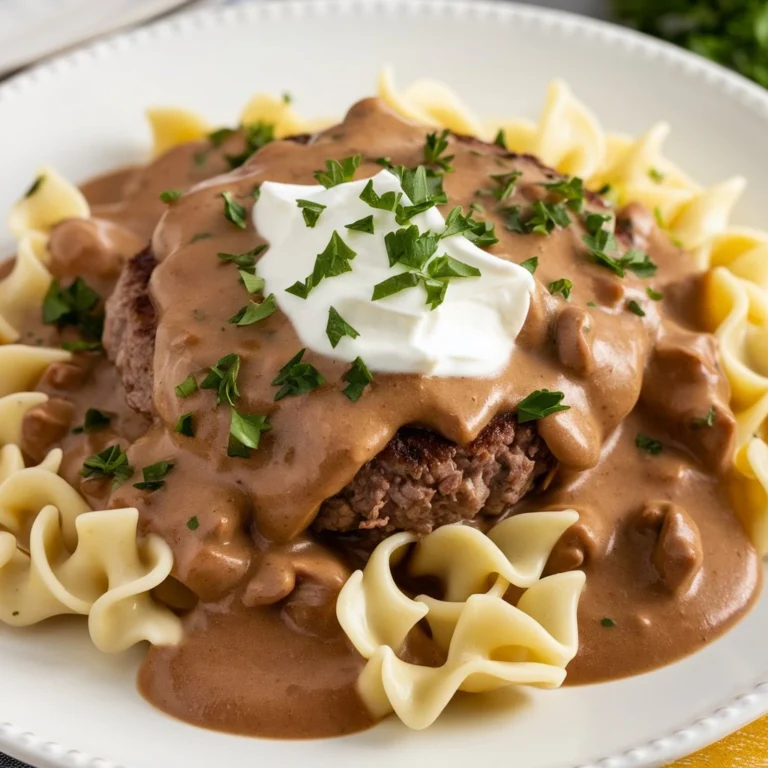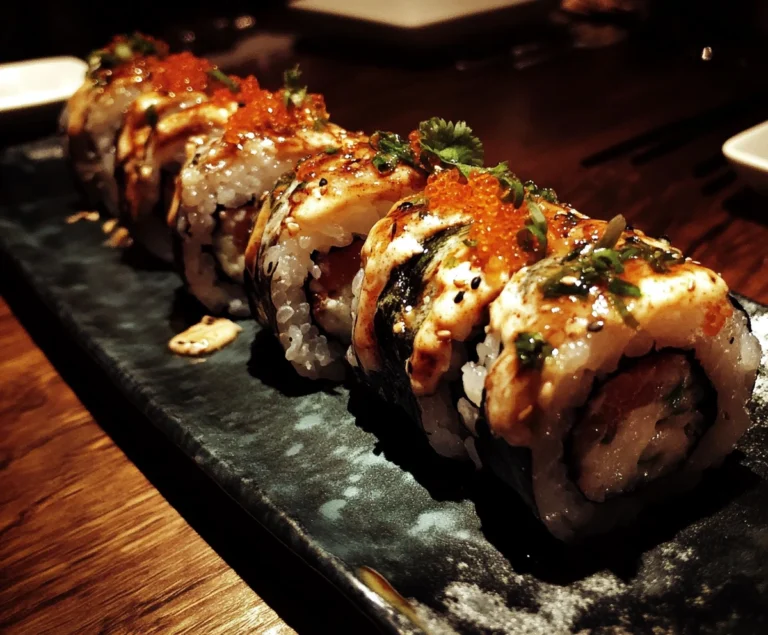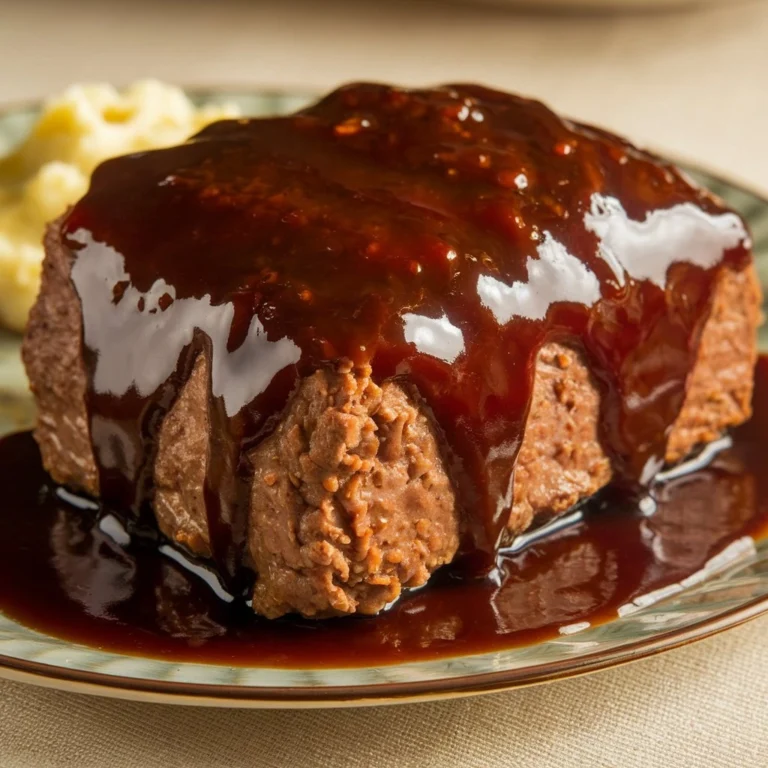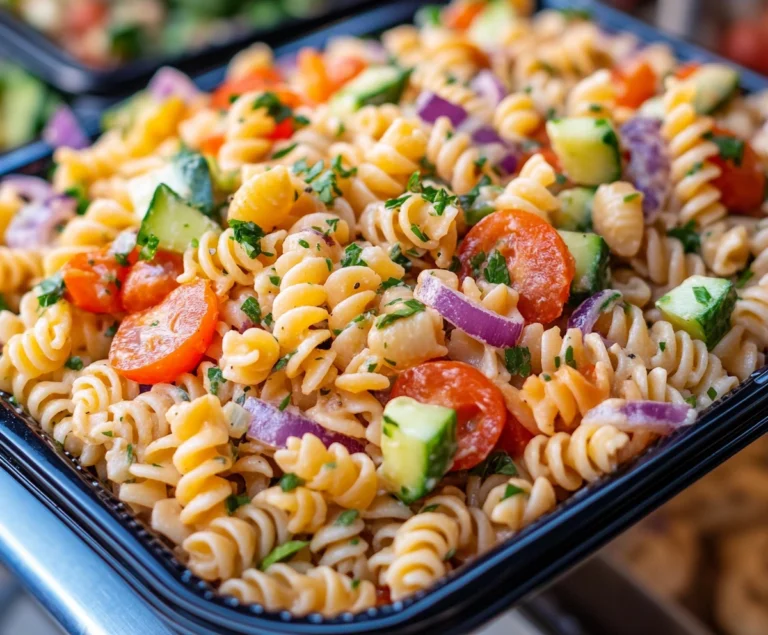Is Burger Sauce the Same as Thousand Island?
Is Burger Sauce the Same as Thousand Island?
When it comes to enhancing the flavor of your meals, few condiments are as popular as burger sauce and Thousand Island dressing. These sauces are known for their creamy textures and tangy, sweet flavors, which make them perfect for everything from salads and sandwiches to burgers and fries. However, many people wonder: are these two sauces actually the same?
In this comprehensive article, we will delve into the key ingredients, historical origins, and typical uses of burger sauce and Thousand Island dressing. We’ll examine their similarities and differences, explore why fast food chains love using these sauces, and provide you with some tips on how to make and use them at home. By the end of this piece, you’ll have a clear understanding of whether these condiments are interchangeable or if they each bring something unique to the table.
What Is Burger Sauce?
Burger sauce is a relatively modern condiment, made famous by fast food giants like McDonald’s and In-N-Out Burger. It’s typically a combination of mayonnaise, ketchup, mustard, pickles, and spices such as garlic powder, paprika, and sometimes hot sauce. The result is a tangy, slightly sweet sauce with a creamy texture that pairs exceptionally well with the savory flavors of a grilled burger.
The Popularity of Burger Sauce
Burger sauce has become a favorite among fast-food lovers and home cooks alike due to its simplicity, versatility, and ability to enhance the flavor profile of a burger. It brings together the creaminess of mayonnaise, the tanginess of ketchup, the sharpness of mustard, and the crunchiness of pickles in a way that complements the juicy, smoky flavor of grilled meat.
Each fast-food chain often has its own proprietary version. For example, McDonald’s “Big Mac Sauce” is a trade secret and a cult favorite. Similarly, In-N-Out’s “Spread” is a well-loved component of their famous Double-Double burger. These sauces are so beloved that they have spawned countless copycat recipes, with many enthusiasts trying to recreate them at home.
Check out this best burger sauce recipe to see how you can make a classic version at home.
What is Burger Sauce Made Of?
The core ingredients of burger sauce typically include:
- Mayonnaise: Forms the creamy base.
- Ketchup: Adds sweetness and tang.
- Mustard: Provides sharpness and a bit of heat.
- Pickle Relish: Contributes texture and a slightly sour flavor.
- Spices: Garlic powder, onion powder, paprika, and sometimes cayenne or hot sauce for added flavor and heat.
If you’re curious about what burger sauce is made of, different variations can include additional spices or even a touch of vinegar or Worcestershire sauce for complexity.
Homemade Burger Sauce Tips
Creating your own burger sauce is straightforward and allows you to customize the flavor according to your preferences. Start with a base of mayonnaise and ketchup, then add mustard, pickle relish, and your choice of seasonings. Adjust the ingredients based on your desired level of sweetness, tanginess, or spice. Learn how to make burger sauce like Gordon Ramsay for a gourmet twist that will impress your guests.
What Is Thousand Island Dressing?
Thousand Island dressing is an older and more versatile condiment, often used not only on burgers but also on salads, sandwiches, and as a dip. It consists of a mixture of mayonnaise, ketchup, vinegar, chopped pickles or relish, onions, and sometimes hard-boiled eggs. The dressing is thought to have originated in the Thousand Islands region between the U.S. and Canada in the early 20th century. Originally intended as a salad dressing, it quickly found favor as a sandwich spread and a versatile dip due to its unique balance of sweet and tangy flavors.
Origins of Thousand Island Dressing
The origins of Thousand Island dressing are shrouded in a bit of culinary mystery, with several competing stories about its invention. One popular tale credits Sophia Lalonde, a fisherman’s wife, with creating the sauce at the behest of her husband in the early 1900s. Another story claims that it was invented by a chef at the Waldorf Astoria in New York City who named it after the Thousand Islands region where it was first served.
Regardless of its exact origins, Thousand Island dressing became a staple in American cuisine, celebrated for its versatility. It quickly gained popularity in restaurants and was marketed commercially, becoming a go-to condiment for many households. Today, it remains a beloved dressing, often associated with the classic Reuben sandwich, salads, and, of course, burgers.
What Is Thousand Island Dressing Made Of?
The core ingredients of Thousand Island dressing typically include:
- Mayonnaise: The creamy base of the dressing.
- Ketchup or Tomato Paste: Adds sweetness and tang.
- Vinegar or Lemon Juice: Provides acidity and balance.
- Chopped Pickles or Relish: Adds texture and a bit of tartness.
- Finely Chopped Onions: Contributes sharpness and flavor depth.
- Hard-Boiled Eggs: Optional, but adds richness and a unique texture.
- Spices and Sweeteners: Paprika, garlic powder, sugar, or honey for added complexity.
Learn more about why fast-food chains love using Thousand Island dressing in their recipes.
Key Ingredients: Similarities and Differences
Similar Ingredients
Both sauces share several common ingredients:
- Mayonnaise and Ketchup: These are the primary base ingredients that provide creaminess and tangy sweetness.
- Pickle Relish or Chopped Pickles: Adds a tangy crunch and a burst of flavor.
- Spices: Both sauces may include seasonings such as garlic powder, onion powder, or paprika.
Distinct Ingredients
While they share some similarities, there are also distinct differences:
- Thousand Island Dressing:
- Often includes finely chopped onions and sometimes hard-boiled eggs, which add texture and richness.
- Uses vinegar or lemon juice to provide additional acidity and brightness.
- May include sugar or honey for added sweetness.
- Burger Sauce:
- Typically has a simpler composition focused on complementing the burger’s flavor without overpowering it.
- May include mustard for an additional tangy kick.
- Often has a smoother consistency compared to the chunkier texture of Thousand Island dressing.
A Closer Look at the Origins and History
The Story of Thousand Island Dressing
The history of Thousand Island dressing is a rich and fascinating one. As mentioned earlier, it was likely invented in the Thousand Islands region of New York. The dressing’s recipe quickly spread, and it became a popular choice for salads and sandwiches across America. Its unique combination of creamy, tangy, and slightly sweet flavors made it an ideal accompaniment for a variety of dishes.
Throughout the 20th century, Thousand Island dressing was featured in numerous cookbooks and became a staple in American homes. It was particularly popular in the mid-20th century when salads were seen as a trendy and healthy option. Its use expanded beyond salads to sandwiches, such as the Reuben, and eventually, it found its way onto burgers.
The Rise of Burger Sauce in Fast Food
In contrast, burger sauce owes much of its fame to the rise of fast-food culture in the mid-20th century. Fast food chains, keen to distinguish themselves from their competitors, began creating unique sauces that would give their burgers a signature taste. The most famous example is McDonald’s Big Mac sauce, which has a flavor profile similar to Thousand Island dressing but with its own distinctive twist.
Other fast-food chains followed suit, developing their own versions of burger sauce. For example, In-N-Out’s “Spread” and Shake Shack’s “Shack Sauce” each have their own unique recipes. These sauces became so integral to the brand identities of these restaurants that they were kept as closely guarded secrets, contributing to the mystique and appeal of their respective burgers.
Usage in Fast Food Chains
Fast food chains love using these sauces for several reasons:
- Flavor Consistency: Both sauces offer a consistent flavor profile that pairs well with the savory, umami notes of a grilled burger patty. This consistency helps ensure that customers always receive the same taste experience, which is crucial for brand loyalty.
- Cost-Effectiveness: The ingredients for both sauces are relatively inexpensive and easy to source, making them cost-effective for large-scale production.
- Versatility: These sauces can be used in a variety of dishes beyond just burgers. Thousand Island dressing, for example, works well on salads, sandwiches, and even as a dip for fries, while burger sauce can be adapted into different dishes or modified to suit various regional tastes.
Discover why fast food chains love using these sauces.
Burger Sauce and Thousand Island Dressing in Home Cooking
Making Burger Sauce at Home
Making your own burger sauce at home is easy and allows for customization to suit your tastes. Here are some tips:
- Basic Ingredients: Start with a base of mayonnaise and ketchup. Add a teaspoon of mustard for sharpness, a tablespoon of pickle relish for texture, and season with garlic powder, onion powder, and paprika to taste.
- Custom Variations: Feel free to adjust the recipe to your liking. For a spicier kick, add a few drops of hot sauce or a pinch of cayenne pepper. If you prefer a sweeter sauce, increase the amount of ketchup or add a teaspoon of honey.
- Storage: Store your homemade sauce in an airtight container in the refrigerator for up to one week.
To get started with a classic recipe, check out the best burger sauce recipe.
Making Thousand Island Dressing at Home
Making Thousand Island dressing at home is also a simple process, though it typically involves a few more ingredients:
- Basic Ingredients: Combine mayonnaise, ketchup, and a dash of vinegar or lemon juice. Add finely chopped onions, pickles or relish, and a little bit of sugar or honey for sweetness.
- Optional Ingredients: Some recipes call for finely chopped green peppers, olives, or even hard-boiled eggs to add texture and complexity.
- Storage: Like burger sauce, Thousand Island dressing should be stored in an airtight container in the refrigerator. It will keep for about a week.
Nutritional Comparison
While both sauces are delicious, they do differ in terms of their nutritional profiles:
- Calories: Thousand Island dressing generally has more calories due to the addition of ingredients like hard-boiled eggs and potentially more sugar.
- Fat Content: Both sauces are high in fat due to their mayonnaise base. However, depending on the recipe, burger sauce may have less saturated fat.
- Sugars and Carbohydrates: Both sauces contain sugars from ketchup. Thousand Island dressing often includes additional sweeteners, making it higher in carbohydrates.
- Sodium Content: Both sauces can be relatively high in sodium, especially when store-bought. Homemade versions allow for more control over sodium levels.
When making these sauces at home, you can modify the ingredients to suit your dietary preferences. For example, you could use low-fat mayonnaise or opt for natural sweeteners like honey or agave syrup.
Expert Opinions and Consumer Preferences
What Do Chefs Say?
Many chefs and food experts have weighed in on the debate between burger sauce and Thousand Island dressing. While both sauces are beloved, they serve slightly different culinary purposes:
- Burger Sauce: Often praised for its straightforward flavor profile that enhances, rather than overpowers, the taste of a burger. The balance of tangy, sweet, and savory elements is perfect for complementing grilled meats.
- Thousand Island Dressing: Recognized for its versatility and complexity. It’s not just a dressing; it can elevate a simple salad, bring life to a sandwich, or act as a dip for appetizers. Its combination of sweetness, tang, and richness makes it a favorite for many.
Consumer Preferences
Consumer preferences vary widely, with some people preferring the straightforward tang of burger sauce and others favoring the complex, sweet, and tangy taste of Thousand Island dressing. Here are some common reasons why people might choose one over the other:
- Texture and Flavor Complexity: Thousand Island dressing tends to be chunkier and have a more complex flavor profile, which some people find more interesting and satisfying.
- Versatility: Because it can be used in so many different ways, Thousand Island dressing is often favored by those who like to experiment in the kitchen.
- Simplicity and Complementarity: Burger sauce, with its smoother texture and simpler flavor, is preferred by those who want a condiment that won’t compete with or overshadow the main dish.
Practical Uses Beyond Burgers
Using Thousand Island Dressing
While Thousand Island dressing is a staple on burgers, its versatility goes far beyond that. Here are some additional uses:
- Salads: It’s a classic choice for a wedge salad or a chef’s salad. Its creamy, tangy flavor pairs well with crisp lettuce, tomatoes, and bacon.
- Sandwiches and Wraps: Thousand Island dressing adds a delicious layer of flavor to sandwiches, especially those with corned beef, pastrami, or turkey.
- Dips: Use it as a dip for raw vegetables, chips, or even chicken wings. The sweetness and tanginess make it a hit at parties and gatherings.
Using Burger Sauce
Burger sauce can also be used creatively in various dishes:
- Burgers and Sandwiches: Naturally, burger sauce is perfect for burgers and sandwiches, but it also works well in wraps and even as a spread on hot dogs.
- Dipping Sauce: It makes a great dipping sauce for fries, onion rings, chicken tenders, or mozzarella sticks.
- Flavoring: Use it as a base for creating different sauces or dressings by adding other ingredients like hot sauce, herbs, or spices.
Conclusion: Are They the Same?
So, is burger sauce the same as Thousand Island dressing? While they do share some common ingredients, they are distinct in both flavor and purpose. Thousand Island dressing is richer, chunkier, and slightly sweeter, while burger sauce tends to be smoother, simpler, and more focused on enhancing the flavor of a burger.
Whether you’re crafting the perfect burger or dressing up a salad, both sauces offer unique and delicious ways to elevate your meal. Understanding their individual characteristics can help you decide which is best suited for your culinary creations. Whether you choose to use burger sauce or Thousand Island dressing, you’re sure to add a burst of flavor that will delight your taste buds.







